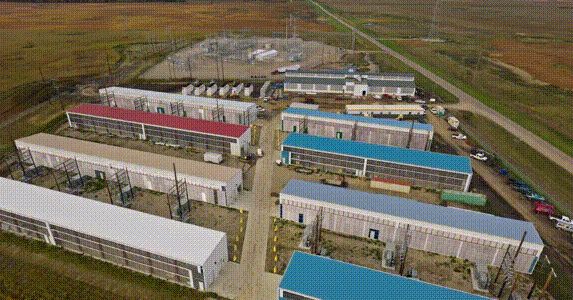If the U.S. Needs to Establish Data Centers, Here Are the Ideal Locations

Technology companies have poured significant investment into constructing data centers in recent months, actively propelling the US economy—and the competition in AI is not slowing down. Last week, Meta CEO Mark Zuckerberg informed President Donald Trump that the company plans to invest $600 billion in US infrastructure—including data centers—by 2028, while OpenAI has pledged $1.4 trillion.
A comprehensive new analysis examines the environmental impact of US data centers to assess the challenges the nation may face as this expansion proceeds over the coming years—and where data centers should be established in the US to mitigate the most detrimental environmental effects.
The research, released in the journal Nature Communications on Monday, employs various data points, including demand for AI chips and insights on state electricity and water availability, to forecast the potential environmental repercussions of future data centers through the end of the decade. The analysis models multiple scenarios to understand how data centers could influence the US and the global environment—and warns that technology companies’ commitments to net zero are unlikely to withstand the power and water demands of the large facilities they’re constructing.
Fengqi You, a professor of energy systems engineering at Cornell and one of the study’s authors, states that the research, which began three years ago, comes at “a perfect moment to evaluate how AI is impacting climate systems and resource consumption.”
The AI sector “is expanding far more rapidly than we anticipated,” he notes—particularly with the Trump administration’s concentrated focus on the industry. “This entire situation is gaining substantial momentum right now.”
Not all data centers have the same environmental influence: much of their water and carbon footprint is determined by their location. Some US states feature grids that rely more on renewable energy or are actively increasing their clean energy production; this significantly reduces the carbon emissions from the data centers using that power. Likewise, states with greater water availability are more suitable for supplying the considerable water needed to cool data centers. (Cooling also accounts for a large portion of a data center’s energy consumption.) The analysis identifies states that balance these two resources as the best locations for new data centers in the coming years: Texas, Montana, Nebraska, and South Dakota are deemed “optimal candidates for AI server installations.”
Historically, much of the data center growth in the US has concentrated in regions like Virginia, the country’s data center hotspot, and Northern California. Proximity to Washington, DC, and Silicon Valley was crucial for data center companies, along with the dense fiber connectivity and skilled labor available in those areas. Virginia has also provided substantial tax incentives for data centers over the years—an approach that other states are now adopting to attract development. According to Data Center Map, a tool that tracks data center growth, of the more than 4,000 data centers nationwide, over 650 are located in Virginia—the highest number in the country—with California hosting more than 320, ranking third.
